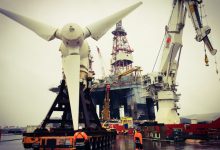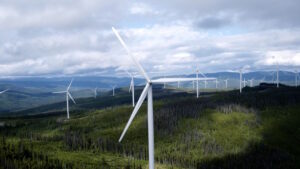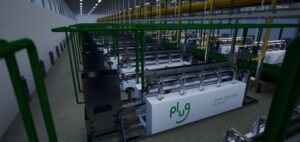The Cook Strait, that separates the North and South Islands of New Zealand, has enormous potential as a site for tidal power, researchers have found.
In new research published in the academic journal Renewable Energy, researchers from the Cawthron Institute found that an array of large-scale tidal turbines could provide a similar level of clean energy supply to that of a wind farm, but that the cost of tidal power technologies would need to fall to make a project commercially viable.
The Cawthron Institute partnered with consultancy MetOcean Solutions to model the performance of an array of 95 tidal turbines, finding that it would be possible for the array to deliver 90MW of output. The researchers compared this output to the Mt Cass wind farm in Canterbury.
The Cook Strait sees significant ocean flows driven by tidal activity, with an estimated 15,000MW of potential energy flowing through the strait on a regular basis. The researchers found that the tidal patterns within the strait were ideal for the creation of useful ocean flows for tidal power.
“”The Strait’s unique combination of tidal patterns and large size give it the potential to produce 15,000 MW when averaged over time,” the paper says.
However, the researchers found that only a portion of these tidal flows were suitable for electricity generation, including sites around Cape Terawhiti, located on the Southern tip of New Zealand’s north island, where tidal flows were faster than 2 metres per second, which is necessary to ensure the turbines turned at sufficient speed.
The researchers estimated that the cost of tidal power turbines would need to fall by around 25 per cent to make the technologies commercially viable. Alternatively, such a project could be built if wholesale electricity prices increased by a similar amount.
However, the researchers said that some of the expected costs would not be known until the production of the tidal generators commences.
“Economics will determine the viability of large-scale tidal turbine farms. Costing turbine production has begun, but key to viability is understanding the reduction in cost between that of a prototype and that of mass-produced turbines. The manufacturing cost reductions due to the economies of scale will not be fully known until large-scale production begins,” the paper adds.
A number of wave and tidal power technologies have been trialled, including several within Australia, but technology costs and the harsh ocean environments, have made it difficult for the technology to be deployed at a large scale.










